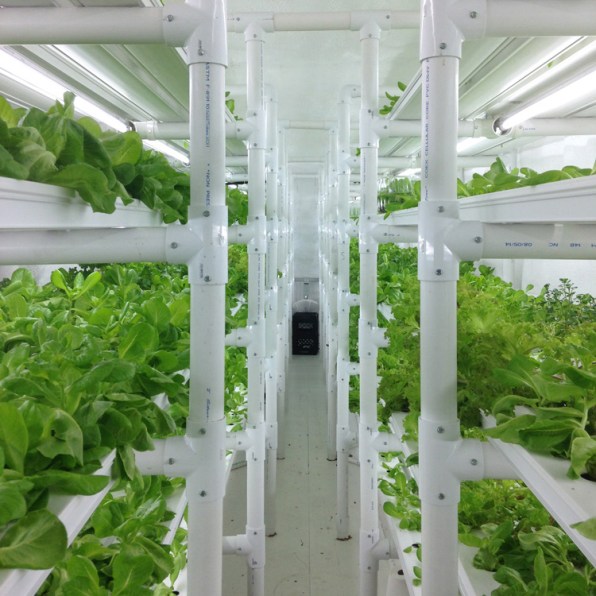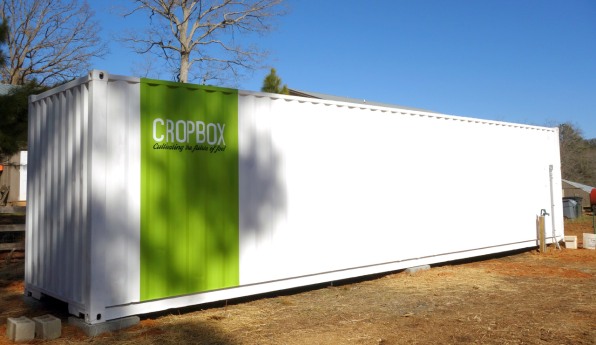How To Make Money Farming 10 Acres
For any would-be farmers who aren't quite ready to move to the country and commit to years of back-breaking labor, here's another option: Now you can rent a farm in a box.
In an area roughly the size of two back-to-back parking spaces, the CropBox–housed in a recycled shipping container–can grow the same amount of lettuce as an acre of land. If you want to grow more in the same tiny footprint, you can stack as many as five of the shipping containers on top of one another.

"The biggest advantage, and what's truly a gamechanger, is the idea of being able to rent out an entire growing system," says Ben Greene, who collaborated with Williamson Greenhouses to design the CropBox. Greene is also a co-founder of the Farmery, a small farm in Durham, North Carolina that is also made from shipping containers.
"Normally you'd have to purchase a $50,000 greenhouse," he says. "If you lost contracts or customers, you as a small farmer would still be left holding the bag. A greenhouse also still has so many variables that a lot of times it takes a few years to get the skills necessary to manage that."
The CropBox is designed to run more or less automatically. Inside, plants grow on several layers of shelves with built-in lights and recirculating water and nutrients. Sensors measure everything from the temperature of the plants' roots to carbon dioxide levels and light intensity.
"You can monitor and adjust every element from a smartphone," says Greene. The system even includes a webcam, so you can watch the plants grow from home.
The smartphone app also charts changes over time. "You can go back and see if you have problems, like too many nutrients, or a change in the pH," he says. "This allows you to constantly optimize for the next cycle or compare data with other growers."
Unlike a traditional farm, which is limited to a crop or two a year in many climates–or greenhouses, which often get too hot in the summer–the shipping container farm can grow all year, in eight crop cycles.

CropBox also offers the option to buy the unit, and will soon offer an option to rent-to-own. With the right crop, like basil, someone could potentially earn back the cost of the unit in seven months.
The units use quite a bit of electricity, but as technology like LED lighting improves, the energy use is dropping. Theoretically, someone could hook it to solar panels for at least part of the power supply. ("It's kind of an interesting situation, since growing food was the original solar technology," says Greene). Because it's a hydroponic system, it uses 90% less water and 80% less pesticide than conventional agriculture in the field. If it's located directly next to a restaurant or grocery store, it also saves fuel for transportation.
If someone leases the CropBox and changes their mind, the company will take it back. The shipping container makes it simple to move. "We can make it in North Carolina, ship it anywhere, and if there's any issue–you lose your market, or it doesn't work out for you, any of the million things that can go wrong with a farm–we can just pick it back up," says Greene.
Greene's partner in the project is the son of the founder of Williamson Greenhouses, a company that pioneered greenhouse tobacco farming. "He's inheriting the company from his dad, who invented the way tobacco is grown in greenhouses," Greene says. "Now he's working with us to refocus away from tobacco. It's this neat way of shifting. It will be interesting to see if some tobacco farms adapt to our technology."
How To Make Money Farming 10 Acres
Source: https://www.fastcompany.com/3043372/this-farm-in-a-box-can-grow-as-much-lettuce-as-an-acre-of-land
Posted by: hefnerhationest.blogspot.com

0 Response to "How To Make Money Farming 10 Acres"
Post a Comment